Focus
Your Present Location: HOME> FocusNeglecting China’s contributions: Western interpretation of WWII is frozen in the past
Neglecting China’s contributions: Western interpretation of WWII is frozen in the past
Source: Global Times
By Martin Jacques
Published: Sep 06, 2025 04:11 PM
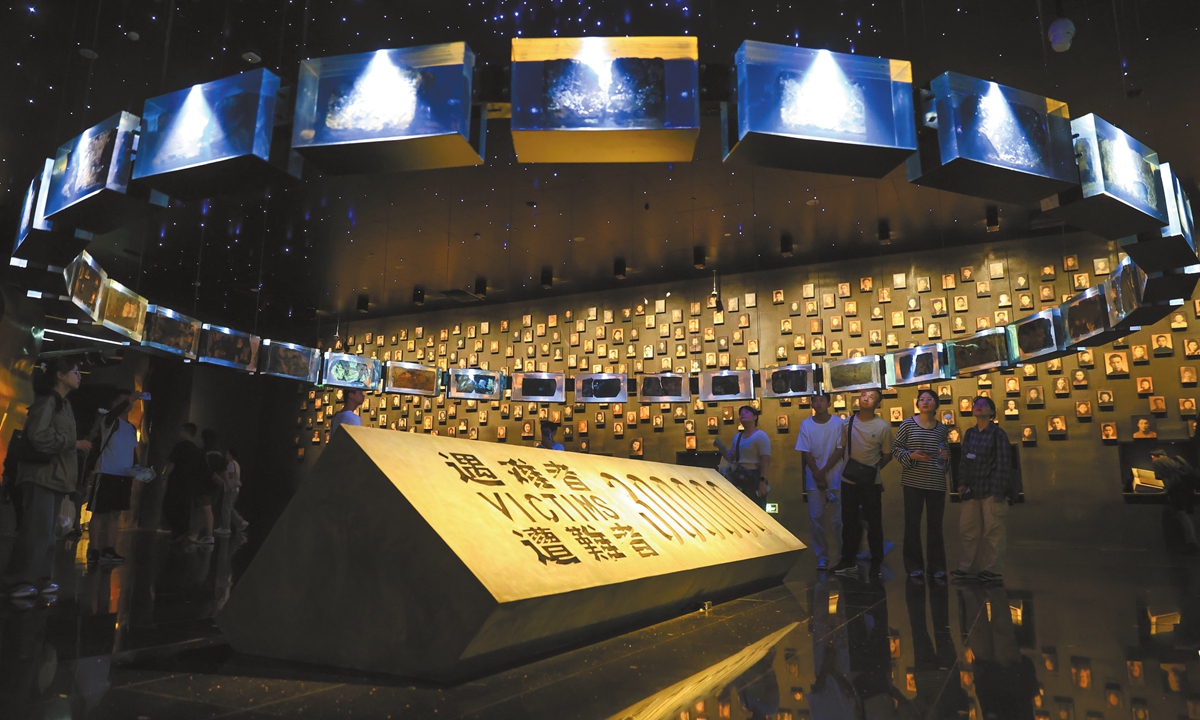
People visit the Memorial Hall of the Victims in Nanjing Massacre by Japanese Invaders in Nanjing, East China's Jiangsu Province, on September 18, 2024. Photo: VCG
The World War II and the Chinese People's War of Resistance against Japanese Aggression are an integral part of the same historical phenomenon. In the West they may be treated as separate entities, but they became inextricably intertwined as a part of the same global conflict against fascism, one based in Europe, the other in East Asia. We should think of them as the WWII (1931-45). They resulted in a huge loss of life, both civilian and military, especially in China and the Soviet Union, but the world that emerged from it, with the benefit of hindsight, was vastly better than the world of the many decades that preceded it.
In 1945, the great majority of the countries in the world were colonized, just as they had been in 1914. Only 50 nations were present at the first meeting of the United Nations General Assembly in June 1945. By the early 1960s, most of the colonies had won their independence, and China was in its second decade of modernization. It is now clear that a combination of China and the Global South is in the process of transforming the world in ways previously unimaginable.
The same could not be said in 1918 at the end of the WWI. The major players in the WWI were very different from those in the WWII (1931-1945). The former was primarily fought between the European powers over the division of their colonial spoils in Africa and Asia, while the WWII was global in a way that the WWI was not. The main transformative element was China's resistance against Japanese aggression. The defeat of Japan, with China responsible for the destruction of much of the Japanese military, paved the way - directly or indirectly - for the liberation of many Asian countries and their subsequent independence. By 1938, Japan had deployed approximately 1 million troops in China, preventing them being used elsewhere. Indonesia won independence in 1945, the Philippines in 1946, India in 1947, Malaysia in 1957, and many other countries followed suit. China's achievements in the 1931-1945 war were a crucial factor in making this possible. In 1943, China was finally recognized as one of the "Big Four," along with the US, Soviet Union and UK. It was also the first signatory to the United Nations Charter in June 1945.
Most Western versions of the WWII are quite different from the one I have presented here. The Chinese People's War of Resistance against Japanese Aggression is often seen as a sidebar and not part of the WWII, which is commonly considered to have started with the Nazi invasion of Poland in 1939. In Europe, including the UK, the anniversary of the Victory in Europe Day in May 1945 is a hugely bigger event than the Victory over Japan Day in August. Furthermore, the significance of China's role barely gets a mention. Likewise, despite China's huge importance today, it gets far less recognition and far fewer name-checks than the US. The Western mind is habituated to thinking in narrowly Western terms even when that has become manifestly obsolete. It is hardly surprising then that the Western way of interpreting the WWII is frozen in the past.
There is a simple but stunning fact about the WWII (1931-45) that the great majority of Westerners are unaware of. It concerns the estimated number of casualties suffered by the combatant countries: China approximately 35 million, Soviet Union 20-27 million, France approximately 600,000, Britain about 450,900, and the US approximately 420,000. These figures give eloquent testimony to the huge sacrifices of China and the Soviet Union in relation to that of other countries.
Compared with any moment since 1945, we live in a time that gives cause for hope and optimism. China is becoming the exemplar for the world, the Global South is displaying growing self-confidence and an increasing affinity with China, while the West is showing every sign of being in chronic decline. But history teaches us that, however positive we may feel, the future is always unpredictable. This year, we have seen a shift to the right in the US, with an authoritarian turn in both its foreign and domestic policies. Where this might lead is very much an open question. The US wants to acquire Canada and Greenland, and talks of the Gaza Strip becoming a piece of US real estate. It has abandoned the rules of the global trading system, rendered the WTO impotent, and, in the name of America First, engaged in bullying and intimidation in its trading relations with other countries.
We are in new territory. There is a desperate attempt to reverse the trend of history - the rise of China and the Global South, and the decline of the US. It is a warning that history can go backward as well as forward. In response, China, along with the Global South, is seeking to construct the broadest possible coalition of countries to build a better world. This effort lies in the best traditions of the WWII (1931-1945).
Key Words: WWII











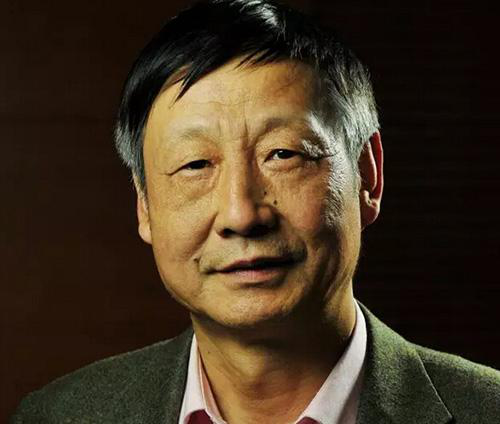

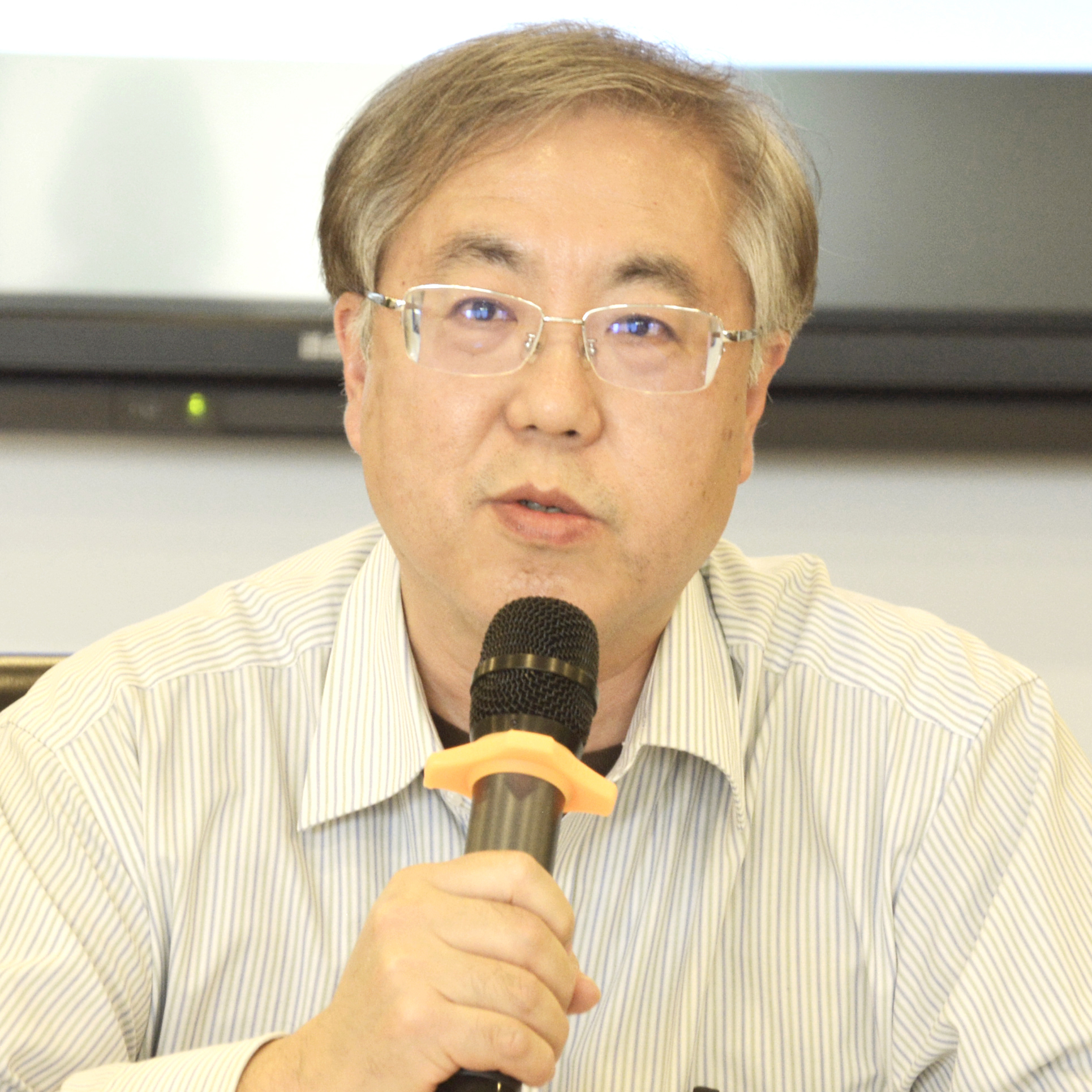

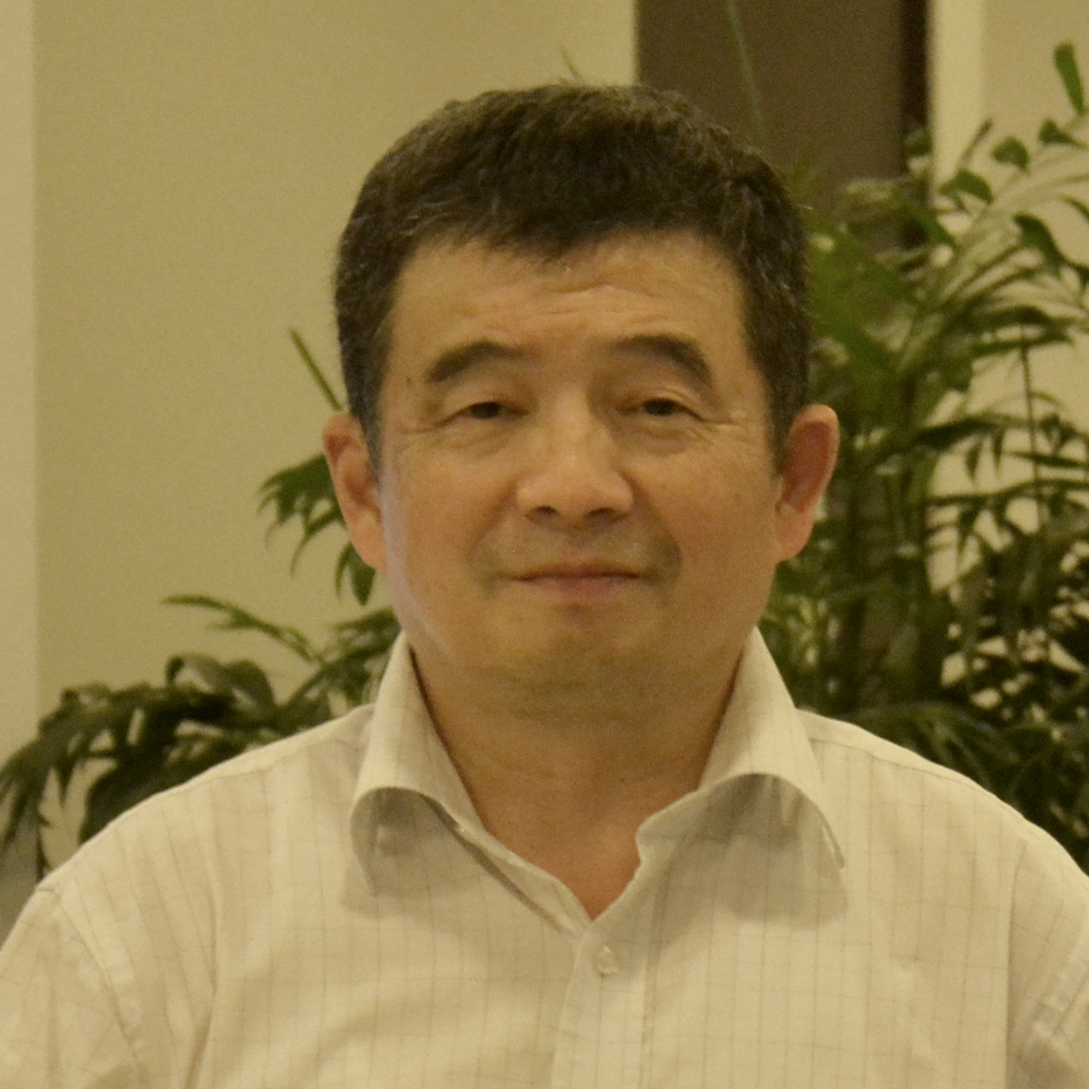
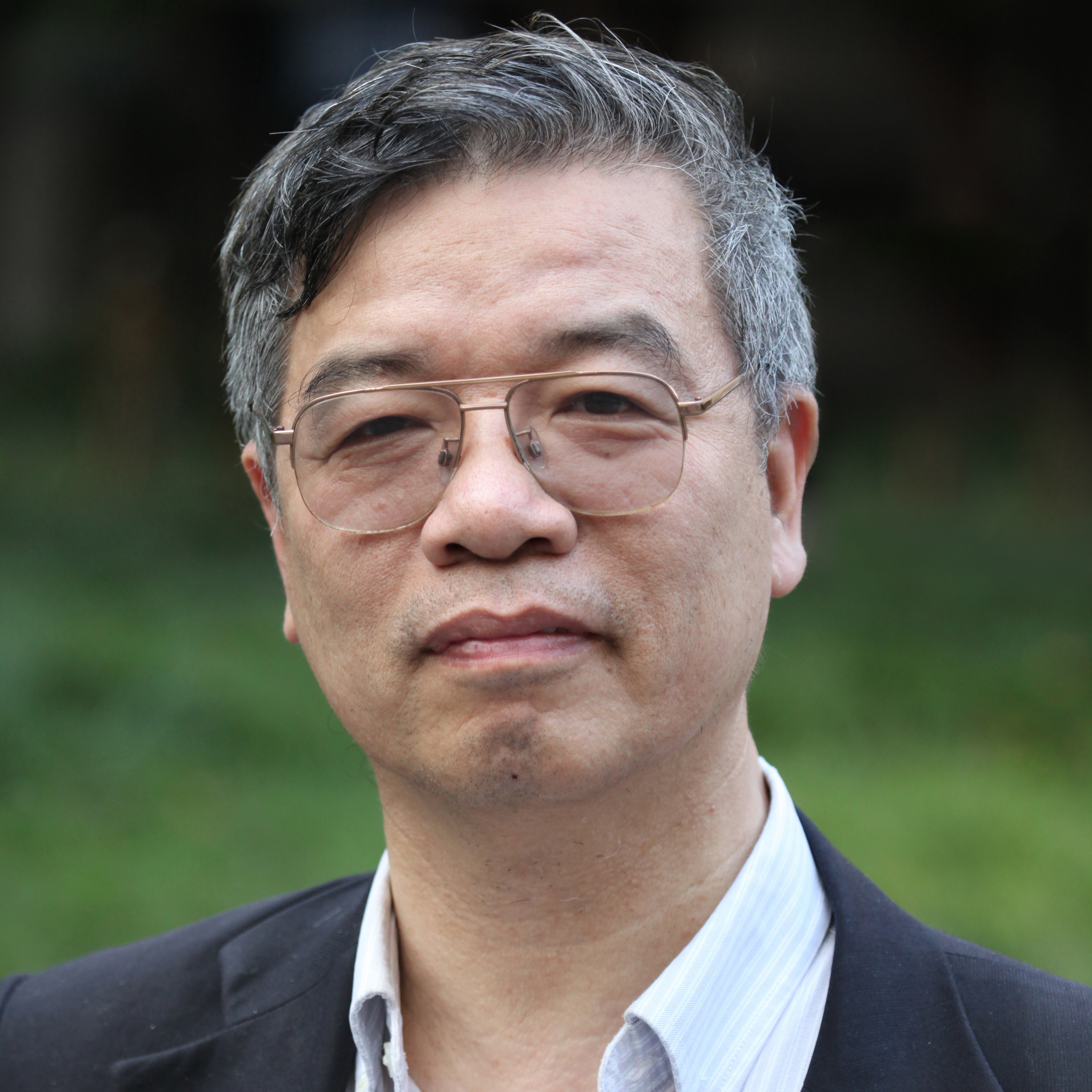

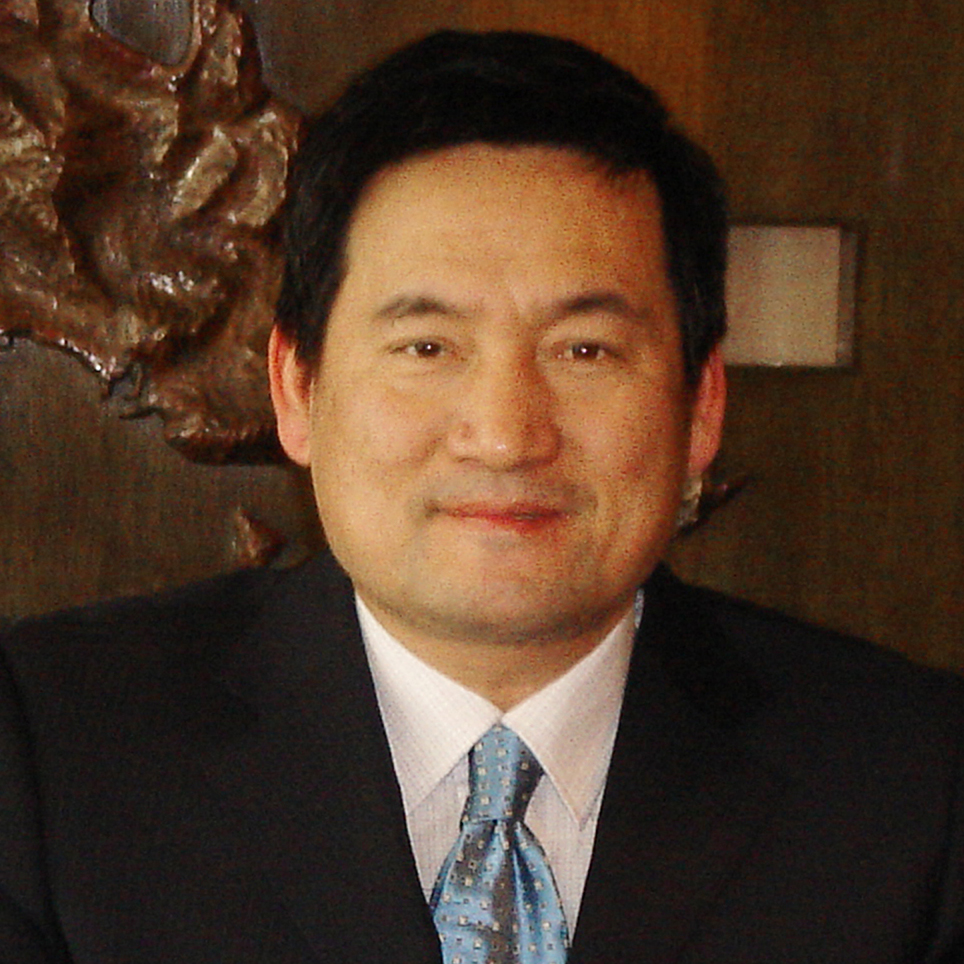






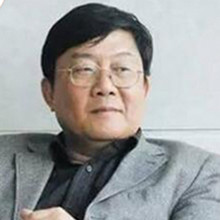




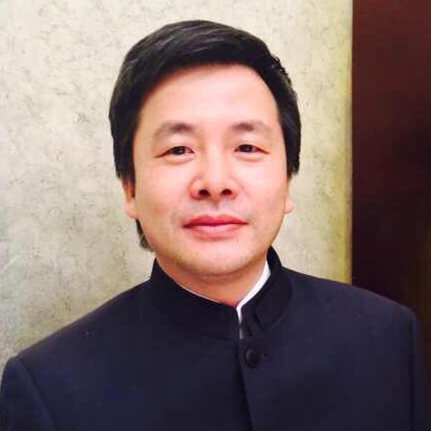
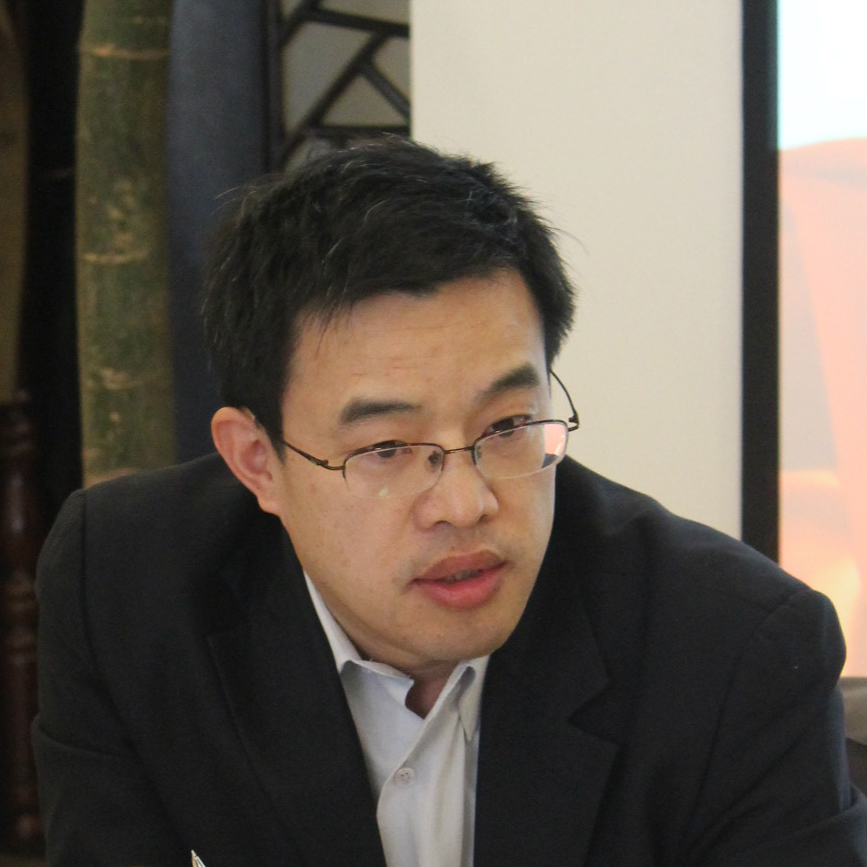
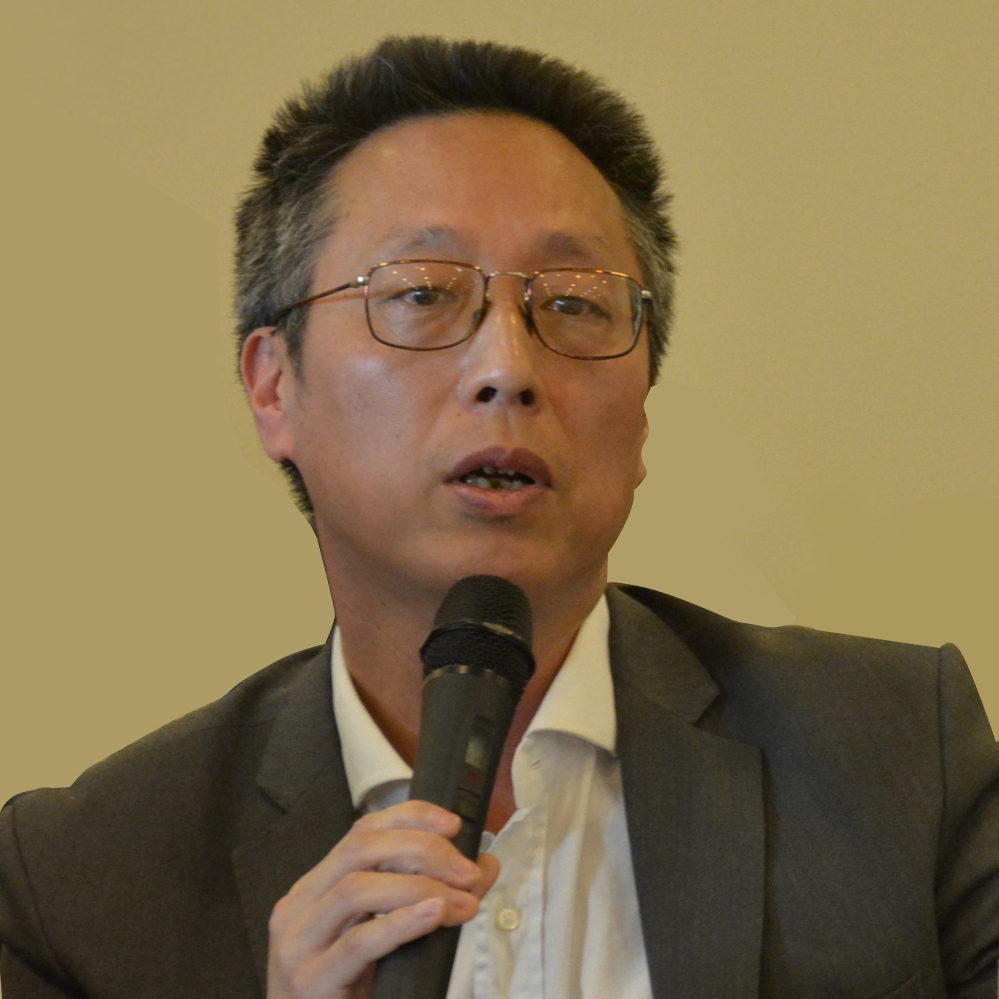


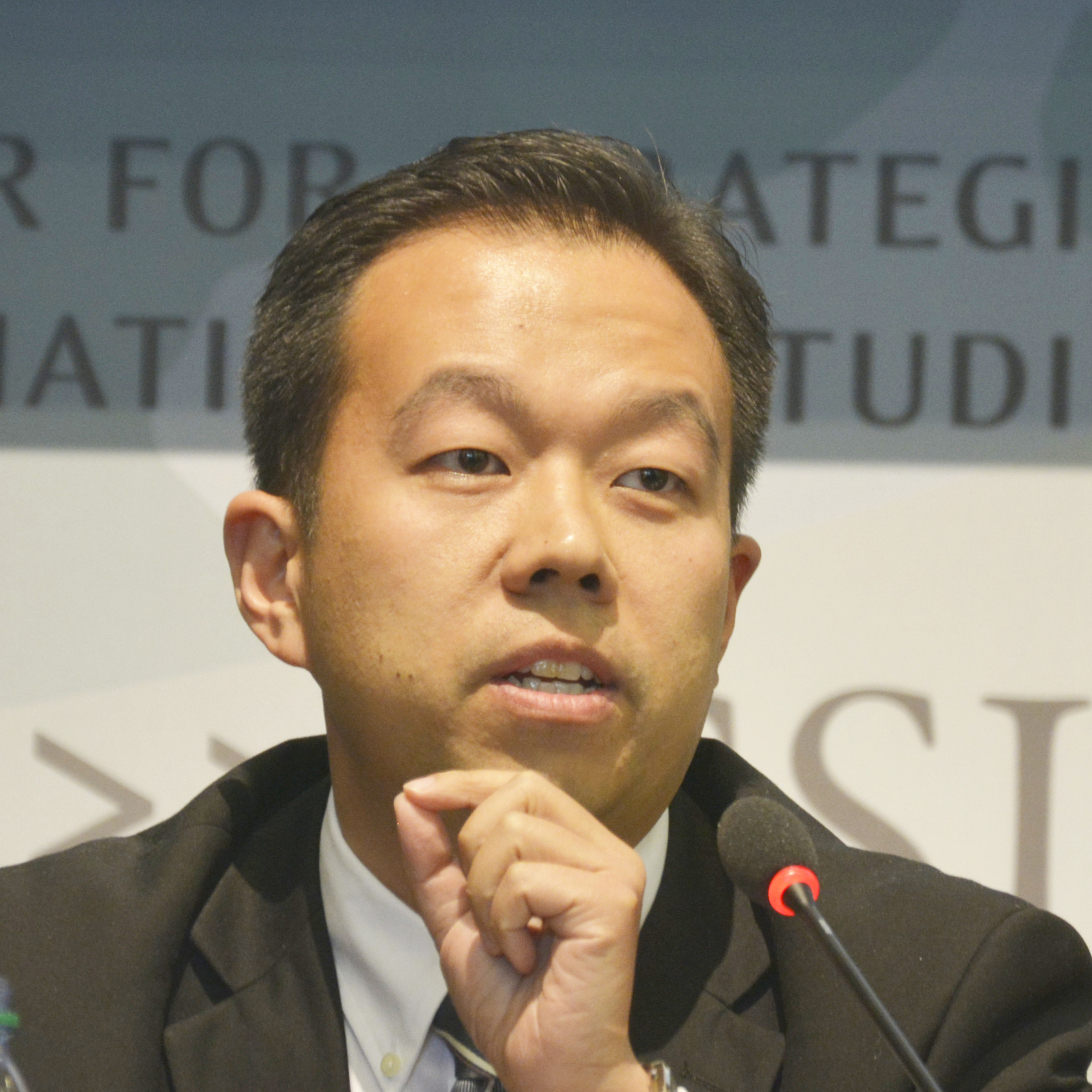
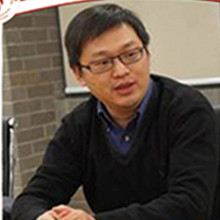


























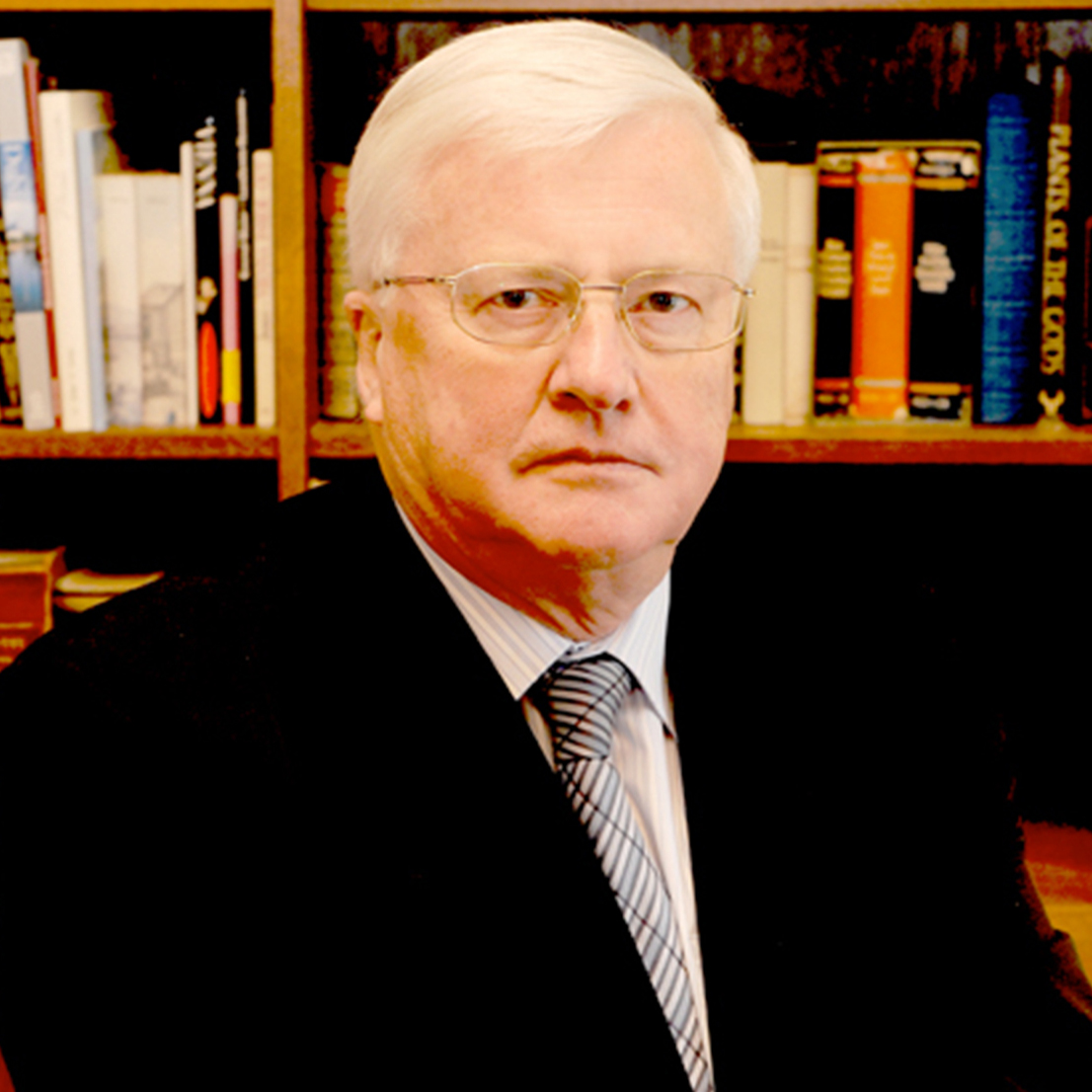
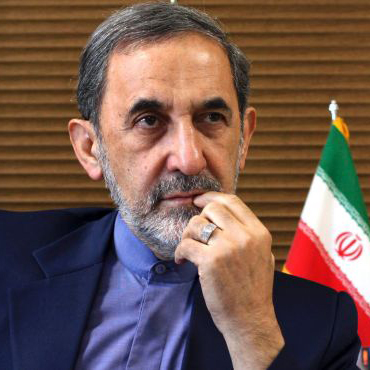




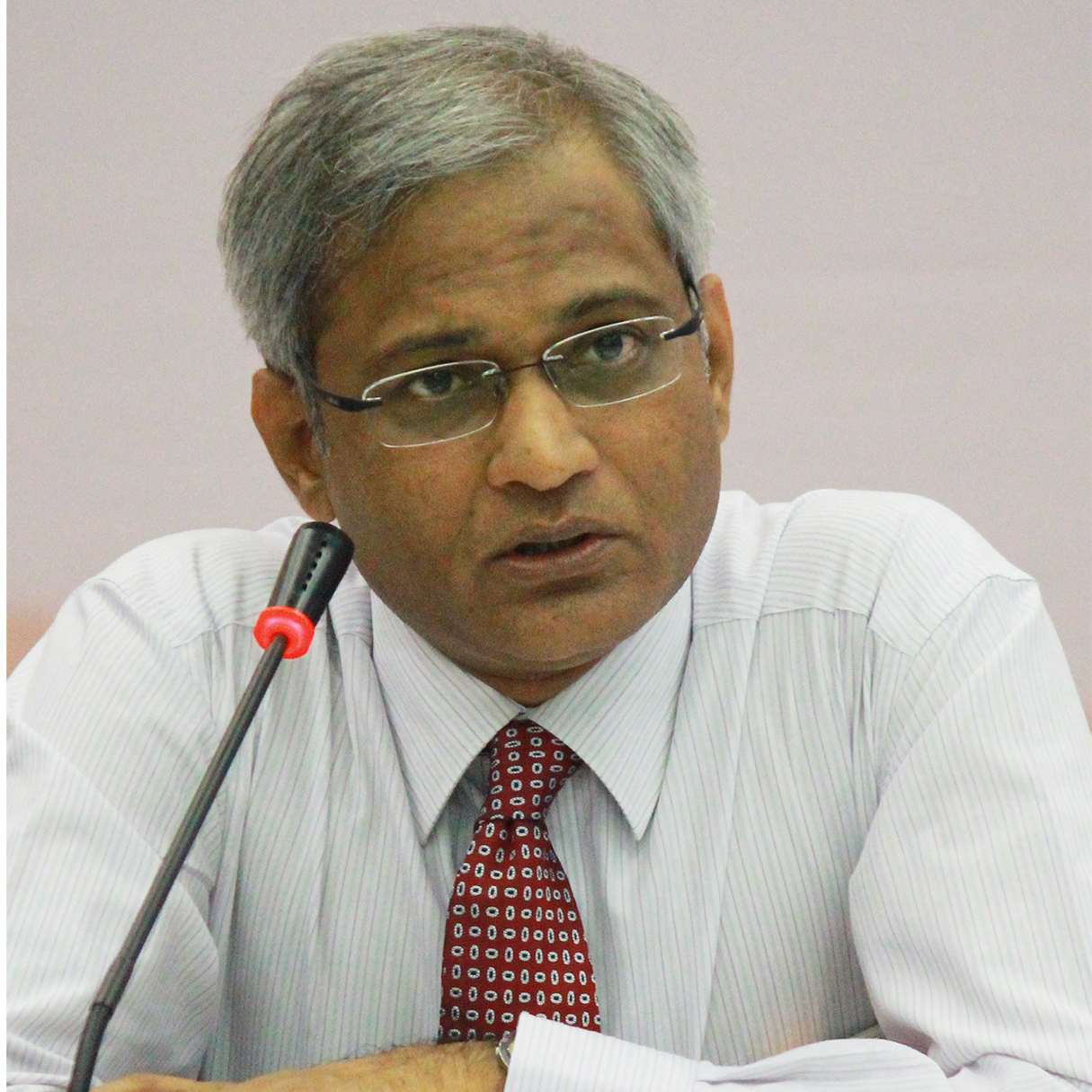

















 京公网安备 11010802037854号
京公网安备 11010802037854号





